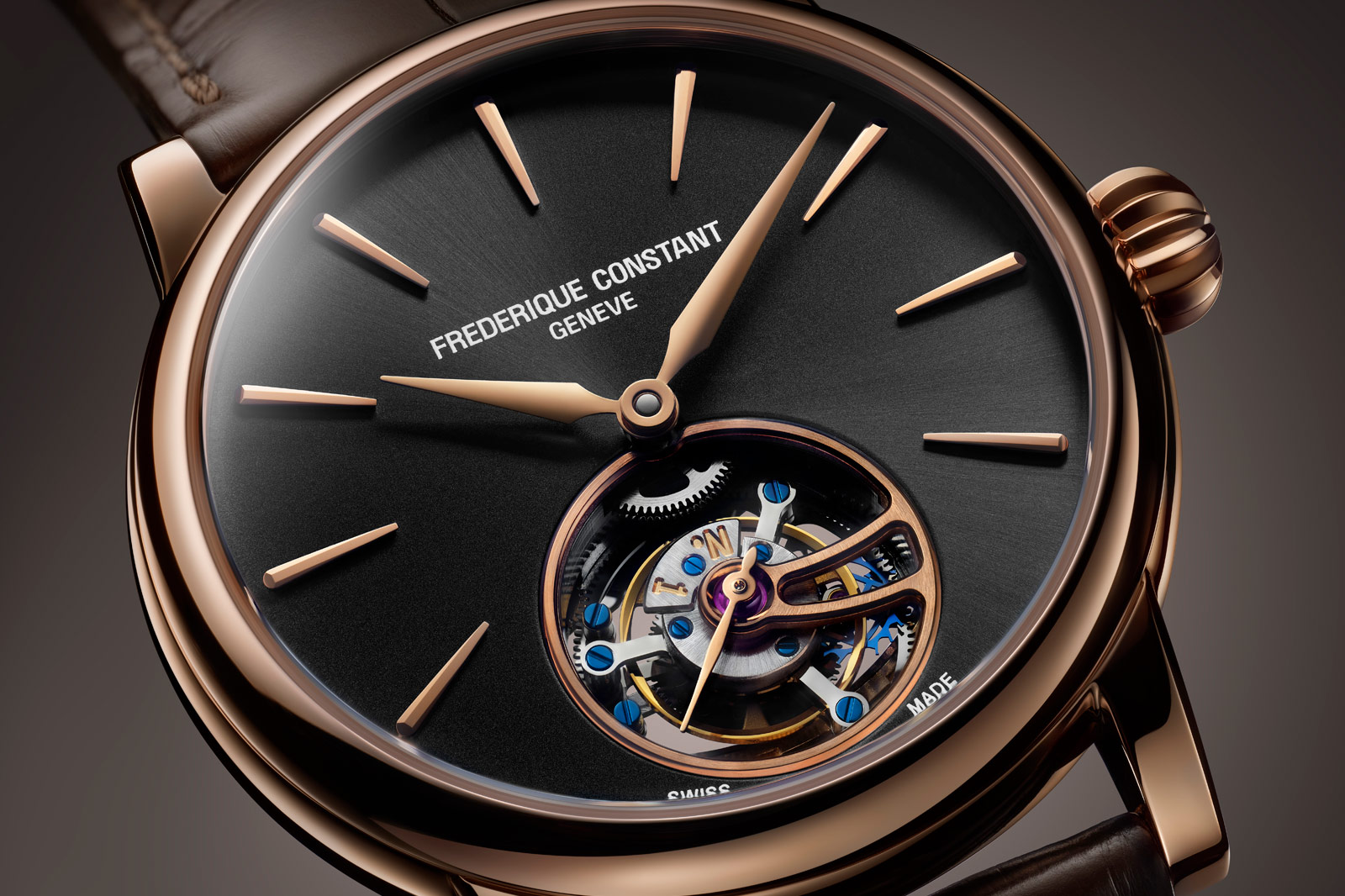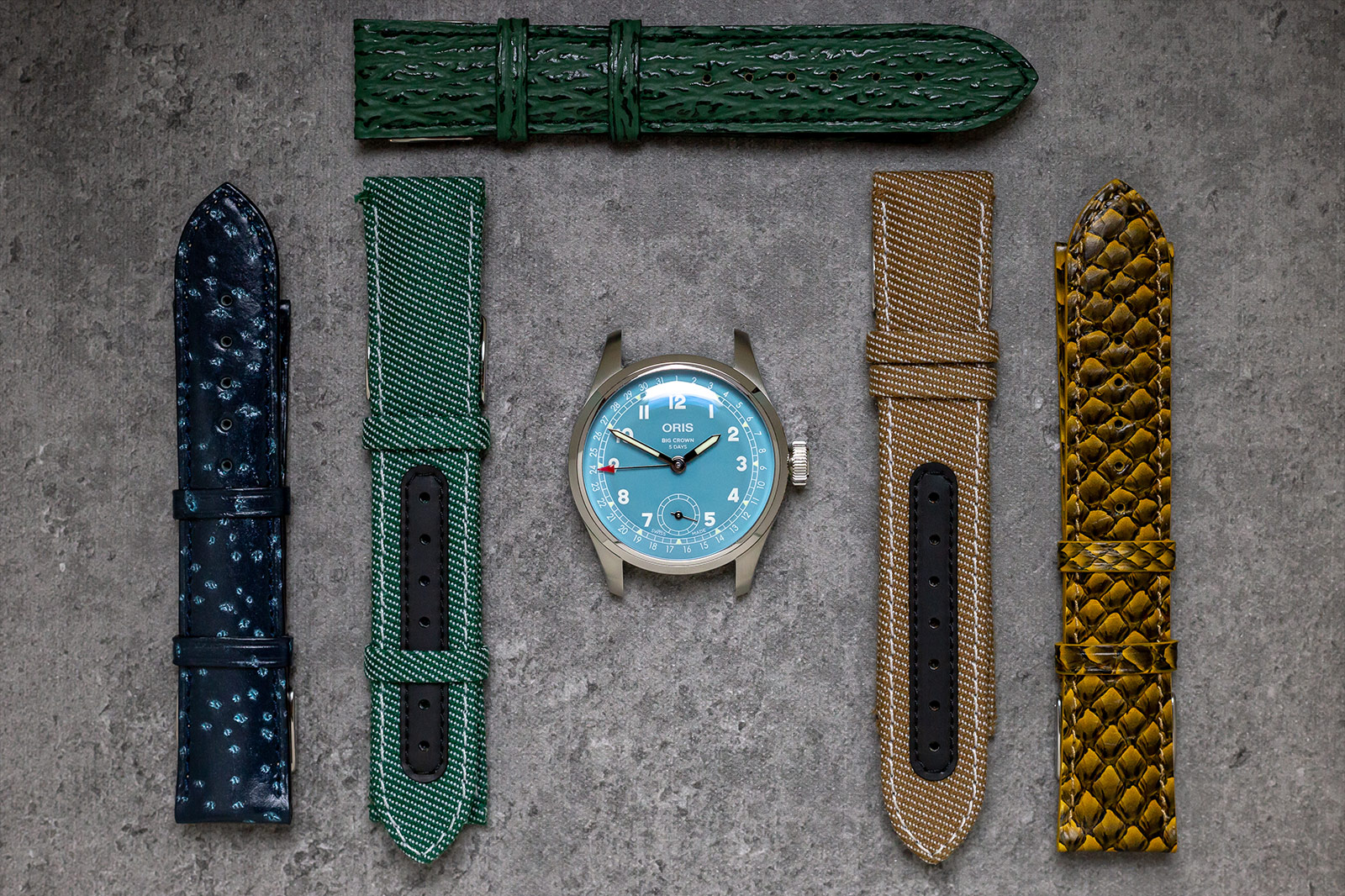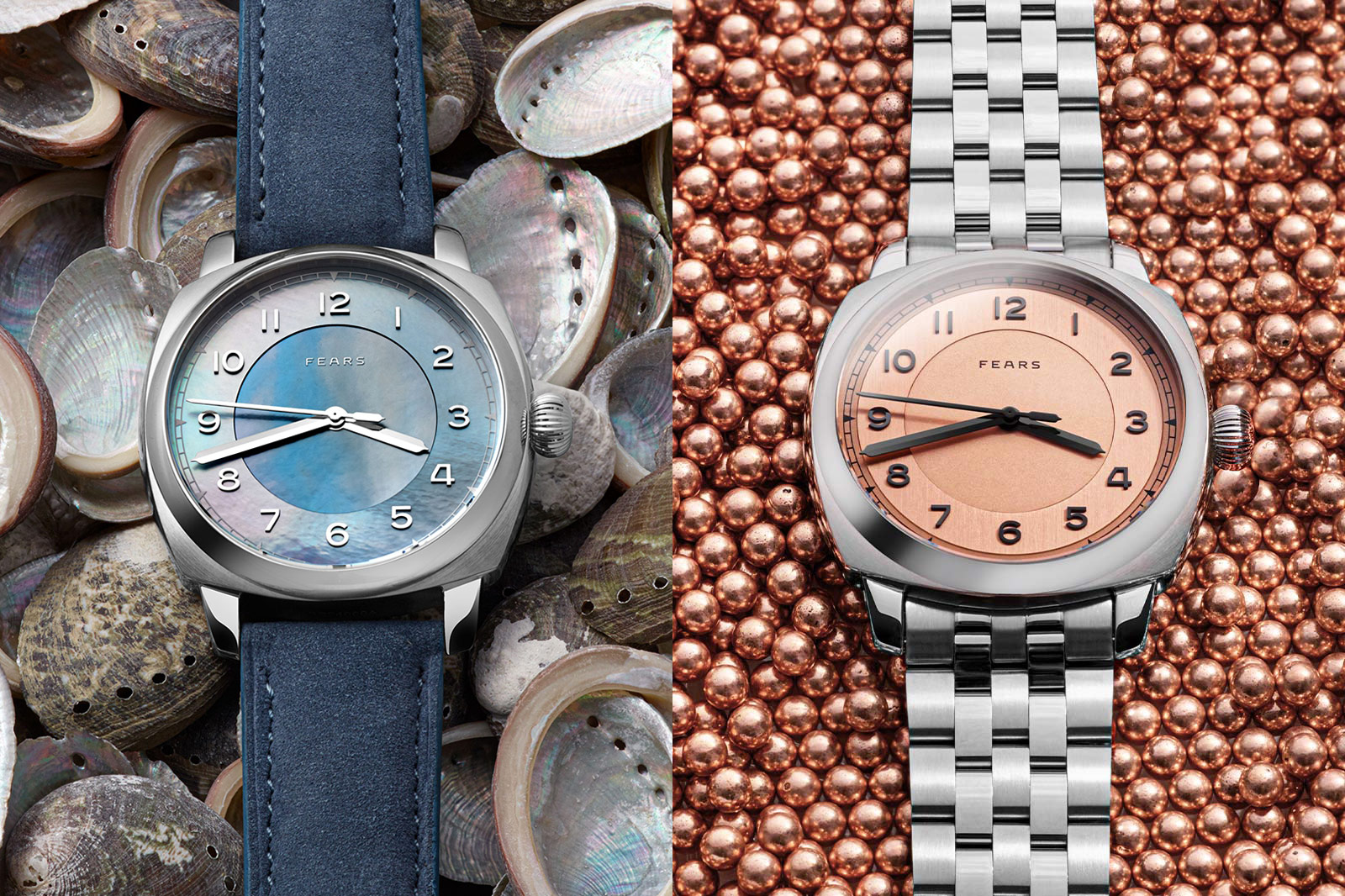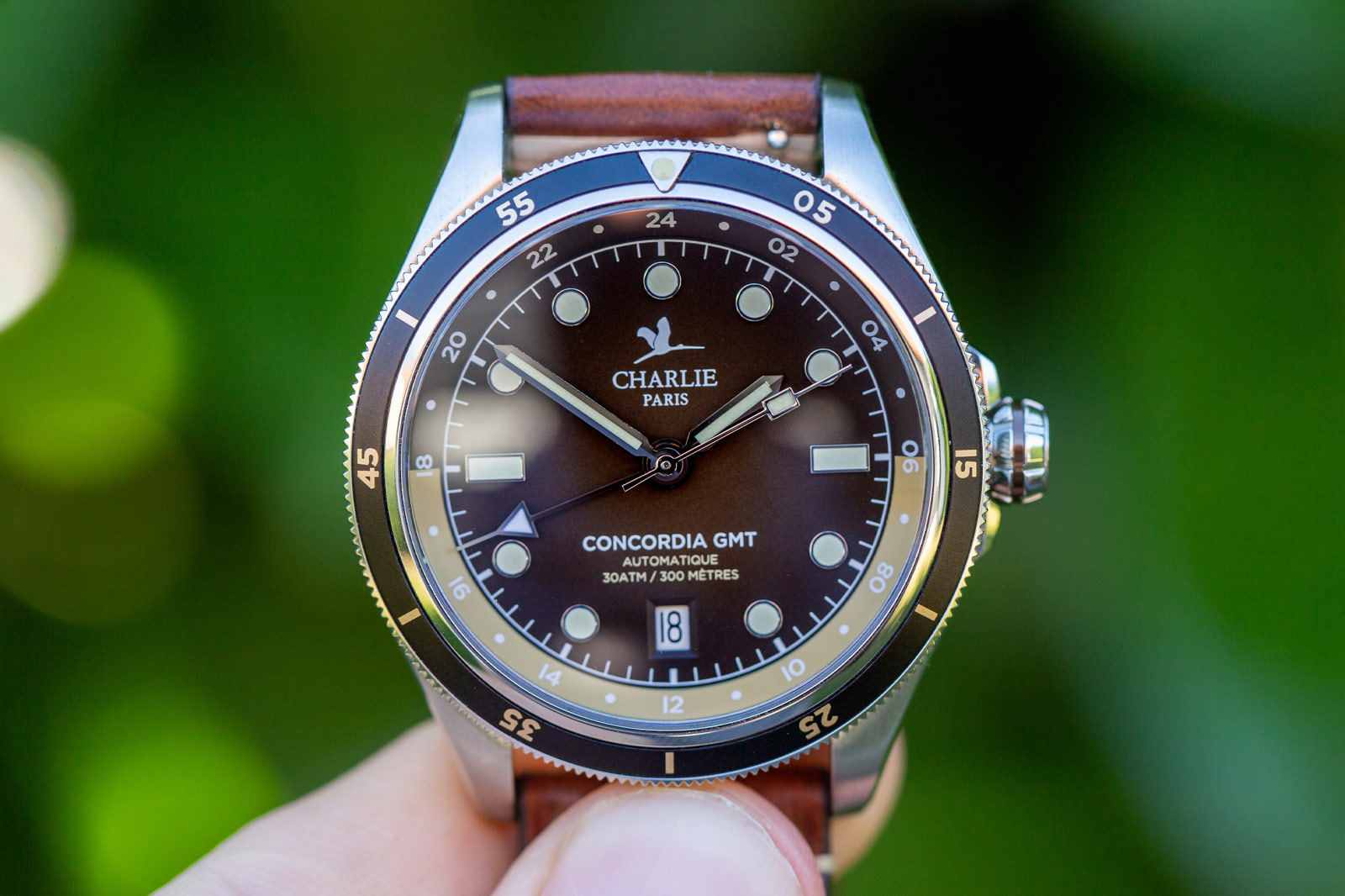
While it might seem like an odd trend to outside observers, the watch community is obsessed with nicknaming watches after famous drinks brands. Well, to be more specific, nicknaming Rolex GMT-Masters after fizzy drinks. There’s the well-established Pepsi, Coke and Root Beer with some collectors even trying to get the black and green destro from 2022 known as the Sprite. However, nicknames are all that they are. Enter the scene the new Jack Mason Strat-o-timer Dr Pepper® GMT, an actual collaboration between a watch brand and a beverage company.
Conceptually, it’s a collaboration that makes a lot of sense because both Jack Mason and Dr Pepper were founded in Texas, USA. You can almost feel the nostalgic Americana dripping from this watch, right down to the lone star logo at 12 o’clock. In fact, “Americana” is the name of one of the other Strat-o-timers in the existing collection, so it’s an apt description.
The Strat-o-timer Dr Pepper® GMT is structurally the same as its Americana sibling with a 40mm diameter case in stainless steel with a bi-directional rotating bezel. That bezel is a key feature of the watch as it displays the 24-hour scale for the titular GMT complication and is split day/night between red and maroon, the signature Dr Pepper colours. I particularly like the golden brown numerals because it makes it look incredibly retro.
Looking at the dial, at first glance there doesn’t seem to be any Dr Pepper references in sight. It’s a nice GMT display with central hours, minutes, seconds and arrow-tipped 24-hour hands. There’s also a date window at 3 o’clock. However, there is actually a hidden nod towards the iconic beverage to be found and the place to look is the hour markers.
When you turn out the lights, you’ll discover that all of the indexes are coated with lume but the markers at 10, 2 and 4 are green while the rest of them (as well as the hands and bezel markings) are blue. This is a reference to Dr Pepper’s 1930s slogan “Drink a bite to eat at 10, 2, and 4 o’clock”, which feels like a quintessential slogan from the time. There’s nothing quite like implying you should have a fizzy drinks three times a day and that it’s equivalent to having a meal. It’s classic 1930s America and the Jack Mason Strat-o-timer Dr Pepper® GMT captures that bold, brash, American optimism perfectly.
Looking through the exhibition caseback reveals that the rotor is decorated with the Dr Pepper logo. You’ll also spot peripheral engravings celebrating the collaboration and the limited edition number. The movement itself is the Japanese Miyota 9075 automatic GMT movement regulated to +/-5 seconds per day with a 42-hour power reserve. It’s a really solid calibre and offers some serious value considering the price.
The Jack Mason Strat-o-timer Dr Pepper® GMT Limited Edition is $1,089. In terms of availability, it’s limited to 230 pieces and is being launched on October 23rd in 2023. Which should make perfect sense if you happen to be a numerologist and know your Dr Pepper trivia because, of course, there are 23 flavours that make up their signature blend.
Price and Specs:
Jack Mason Strat-o-timer Dr Pepper® GMT
40mm diameter x 13mm thickness, stainless steel case, bi-directional sapphire bezel
Black
200m (20 bar)
Miyota calibre 9075, automatic
28,800 vph (4 Hz)
42h
Hours, minutes, seconds, date, GMT
FKM rubber with micro adjusting clasp
$1,089 (approx. £895), limited to 230 pieces
More details at Jack Mason.
Oracle Time





